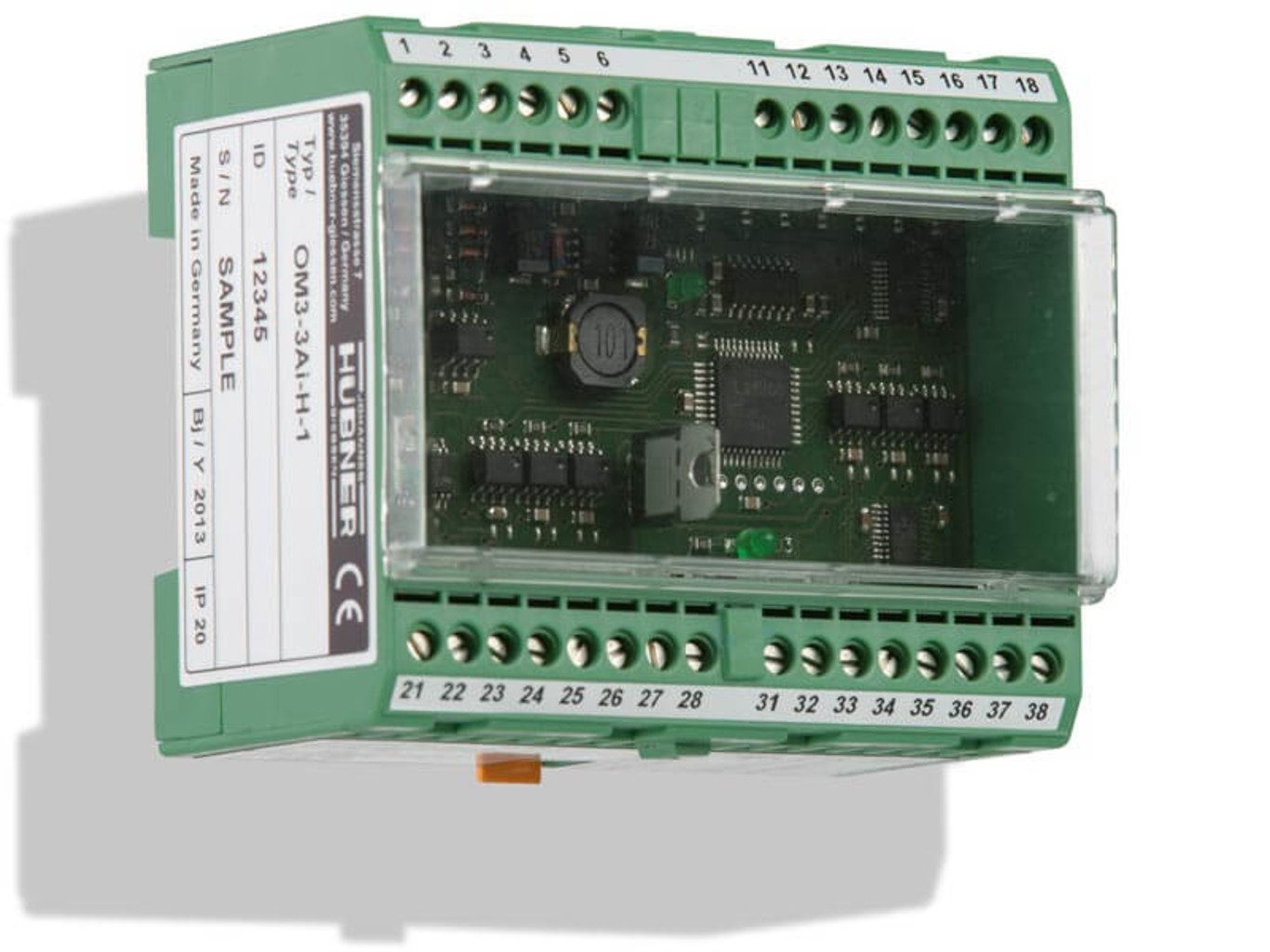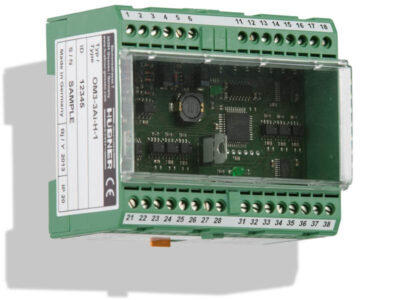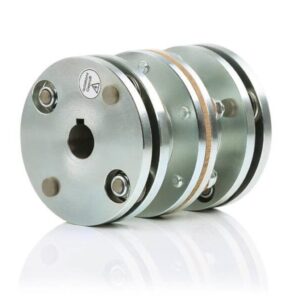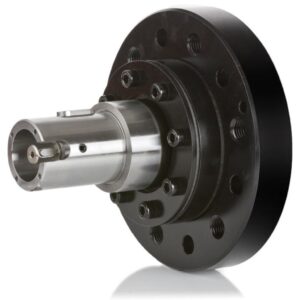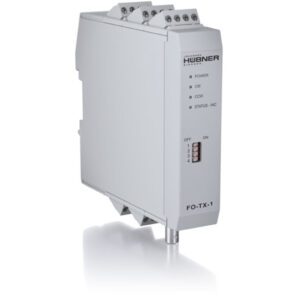Description
OM 3-3A(i)
Output multipliers – multiplication of HTL / TTL signals
- Multiplies incremental encoder signals
- Housing with clamping fixture (35 mm DIN rails)
- 1 input block, 3 output blocks
- Options: Mutual decoupling of output blocks (OM 3-3Ai)
Output multipliers / signal splitter for HTL / TTL signals
Output multipliers split incoming signals from incremental encoders before distributing them. They are equipped with three signal inputs (0°, 90° and reference pulse), which are distributed to nine signal outputs (HTL or TTL). Mutual decoupling of the output blocks is optionally possible (OM 3-3Ai).
Technical Data
| Product usage | Encoder signal outputs (HTL/TTL) multiplication |
| Supply voltage | 12-30 VDC |
| Signal input | HTL (square wave 12-30 V) or TTL (square wave 2.8-6 V) |
| Signal output | HTL or TTL (3 output blocks, optional for each output block: HTL or TTL level) 0°, 90°, N and respective inverted signals |
| Frequency range | 0 – 250 kHz |
| Casing | Electronic housing for standard mounting rail |
| Dimensions | 90 x 75 x 52 mm |
| Device temperature range | -20 °C to +70 °C |
| Degree of protection | IP20 |
| Electrical connection | 30 pole PHOENIX COMBICON screw terminals 2.5 mm² |
| Device options |
|
| Mechanical options | |
| Special features and certificates |
Downloads
More About OM 3-3A(i) Output Multipliers In Australia
The OM 3-3A(i) Output Multipliers offered by Hubner Australia are designed to split incoming signals from incremental encoders before distributing them. They are equipped with three signal inputs (0°, 90°, and 180°) which are distributed to nine signal outputs. The unit is housed in a modular casing with snap-in housing for a 35 mm DIN rail and has a clamping fixture. The OM 3-3A(i) Output Multipliers can multiply incremental encoder signals.
Output multipliers are commonly used to quantify the economic impacts relating to policies and projects. While I-O (Input-Output) multipliers are a popular tool for economic impact analysis, they are based on limiting assumptions that can result in multipliers that do not accurately reflect the real world.
In summary, the OM 3-3A(i) Output Multipliers offered by Hubner Australia are a useful tool for splitting and distributing signals from incremental encoders. They are housed in a modular casing with snap-in housing for 35 mm DIN rail and can multiply incremental encoder signals. However, it is important to keep in mind that I-O multipliers have limitations in terms of accurately reflecting real-world economic impacts.
What is the difference between HTL and TTL signals in the context of output multipliers?
HTL and TTL are two types of signals that can be multiplied by output multipliers or signal splitters. HTL stands for High Transistor Logic while TTL stands for Transistor-Transistor Logic. The main difference between the two signals is the voltage level. HTL signals are square waves with a voltage range of 12-30V, while TTL signals are square waves with a voltage range of 2.8-6V.
In terms of output multipliers, they can split incoming signals from incremental encoders before distributing them. They are equipped with three signal inputs (0°, 90°, and reference pulse), which are distributed to nine signal outputs (HTL or TTL). Mutual decoupling of the output blocks is optionally possible.
In summary, the difference between HTL and TTL signals in the context of output multipliers is the voltage level. HTL signals have a voltage range of 12-30V, while TTL signals have a voltage range of 2.8-6V. Output multipliers can split incoming signals from incremental encoders and distribute them to nine signal outputs.
Can the OM 3-3A(i) output multipliers be used with other types of encoders?
The OM 3-3A(i) output multipliers are designed to multiply incremental encoder signals with HTL or TTL outputs. They are equipped with three signal inputs (0°, 90°, and reference pulse), which are distributed to nine signal outputs (HTL or TTL). Therefore, the OM 3-3A(i) output multipliers can be used with encoders that have HTL or TTL outputs.
It is unclear from the search results whether the OM 3-3A(i) output multipliers can be used with other types of encoders. However, other output multipliers may be available that are designed for use with different types of encoders. It is recommended to consult with the manufacturer or a technical expert to determine the compatibility of output multipliers with specific types of encoders.
What is the maximum frequency that the OM 3-3A(i) output multipliers can handle?
The maximum frequency that the OM 3-3A(i) output multipliers can handle is not specified in the search results. None of the search results provides information on the frequency range of the OM 3-3A(i) output multipliers.
It is recommended to consult with the manufacturer or a technical expert to determine the maximum frequency that the OM 3-3A(i) output multipliers can handle.


